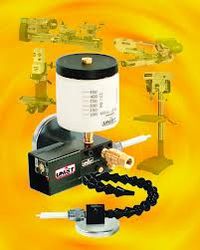Difference between revisions of "Fluidization Systems"
Jump to navigation
Jump to search
PurplePen19 (talk | contribs) |
|||
| Line 1: | Line 1: | ||
[[Category:Discharge Aids]]{{Knoppen}} | [[Category:Discharge Aids]]{{Knoppen}} | ||
[[File:Fluidization systems.jpg|thumb|200px|right|Fluidization systems]] | |||
'''Fluidization systems''' are ideal for the transport of fine grained materials and powder. The treatment of oversized material has to be evaluated depending on its behavior during processing. | |||
[[File:Fluidization systems.jpg|thumb|200px|right| | |||
'''Fluidization systems''' are ideal for the | |||
==Advantages== | ==Advantages== | ||
*High planning reliability | *High planning reliability | ||
*Improved drawing quality | *Improved drawing quality | ||
*Reduced modifi cation work on site | *Reduced modifi cation work on site | ||
*Shorter job execution time | *Shorter job execution time | ||
*Reduction in overall cost | *Reduction in overall cost | ||
Latest revision as of 18:51, 23 January 2013
Fluidization systems are ideal for the transport of fine grained materials and powder. The treatment of oversized material has to be evaluated depending on its behavior during processing.
Advantages
- High planning reliability
- Improved drawing quality
- Reduced modifi cation work on site
- Shorter job execution time
- Reduction in overall cost
